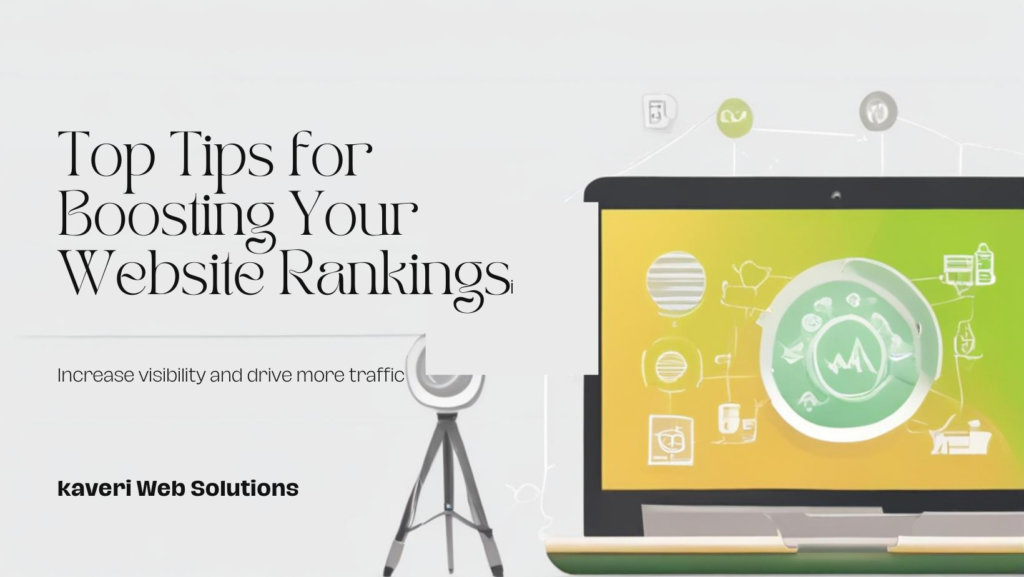Search engine algorithms change constantly, and Google frequently updates its guidelines. However, some SEO best practices remain effective regardless of algorithm updates. If you want to future-proof your rankings and maintain organic traffic, these strategies should always be part of your SEO strategy.

Let’s explore the 7 SEO best practices you should implement no matter what Google says!
1️⃣ Create High-Quality, User-Focused Content
Google’s algorithms may change, but valuable content will always rank higher. Focus on:
✔ Comprehensive, well-researched articles that answer user queries
✔ EEAT (Experience, Expertise, Authoritativeness, Trustworthiness) principles
✔ Engaging formats like images, videos, and infographics
Pro Tip: Optimize for search intent—understand whether users are looking for information, comparisons, or direct purchases and tailor content accordingly.
2️⃣ Optimize for Page Speed & Core Web Vitals
User experience (UX) is key, and slow-loading pages increase bounce rates. To improve your website speed:
✔ Compress images using tools like TinyPNG
✔ Use a lightweight theme and reduce unnecessary plugins
✔ Enable browser caching and use a Content Delivery Network (CDN)
Pro Tip: Use Google’s PageSpeed Insights or GTmetrix to analyze and improve your site’s performance.
3️⃣ Prioritize Mobile-First Indexing
Google now indexes mobile versions first, meaning if your site isn’t mobile-friendly, your rankings will suffer. Follow these steps:
✔ Use responsive design for seamless mobile viewing
✔ Optimize font sizes, buttons, and navigation
✔ Avoid intrusive pop-ups that disrupt mobile UX
Pro Tip: Test your site with Google’s Mobile-Friendly Test Tool.
4️⃣ Optimize On-Page SEO Elements
Your title tags, meta descriptions, and header tags play a crucial role in SEO. Ensure:
✔ Title tags are compelling, under 60 characters, and keyword-rich
✔ Meta descriptions are engaging and under 160 characters
✔ Use H1-H6 tags properly to structure your content for easy readability
Example of an Optimized Title:
🚀 “7 SEO Best Practices for 2024: Future-Proof Your Rankings!”
5️⃣ Build a Strong Internal Linking Structure
Internal links help search engines crawl your site efficiently and improve user engagement. Best practices:
✔ Link to relevant pillar content and cornerstone pages
✔ Use descriptive anchor text instead of generic terms like “click here”
✔ Ensure your most important pages have multiple internal links
Pro Tip: A well-structured internal linking strategy can reduce bounce rates and increase dwell time, which Google considers for rankings.
6️⃣ Improve Image SEO & Alt Text Optimization
Images enhance content but must be optimized for SEO:
✔ Use descriptive alt text with keywords (but avoid keyword stuffing)
✔ Compress images for faster loading times
✔ Implement structured data (Schema markup) for better visibility in Google Image search
Example of Optimized Alt Text:
❌ Bad: “Image123.jpg”
✅ Good: “Handmade soy candles with lavender scent – eco-friendly home decor.”
7️⃣ Build Authoritative Backlinks
High-quality backlinks boost domain authority and search rankings.
✔ Focus on earning links from reputable sites
✔ Use guest blogging, HARO (Help a Reporter Out), and influencer collaborations
✔ Avoid spammy backlinks from low-quality directories
Pro Tip: Run a backlink audit using tools like Ahrefs, SEMrush, or Moz to disavow toxic links.
Final Thoughts: SEO Beyond Google’s Updates
SEO is not just about Google’s algorithm changes—it’s about delivering value to users. By following these timeless SEO best practices, your website will maintain strong rankings, organic traffic, and user engagement regardless of future updates.
🚀 Ready to optimize your website for long-term SEO success? Let’s connect! 📩

